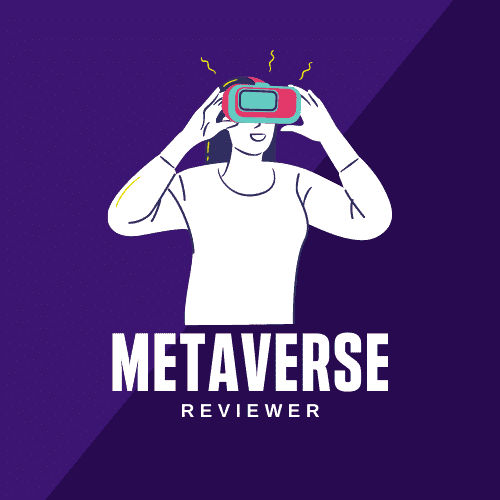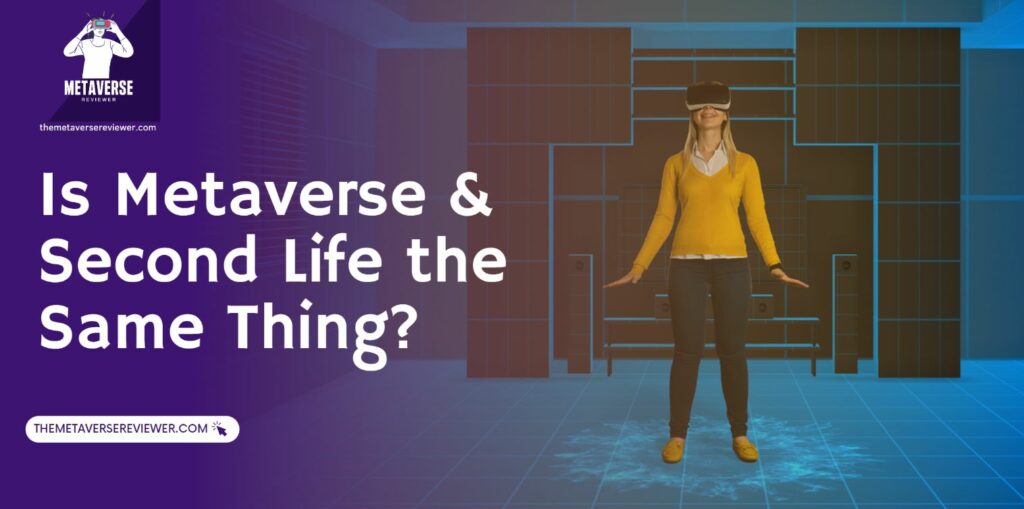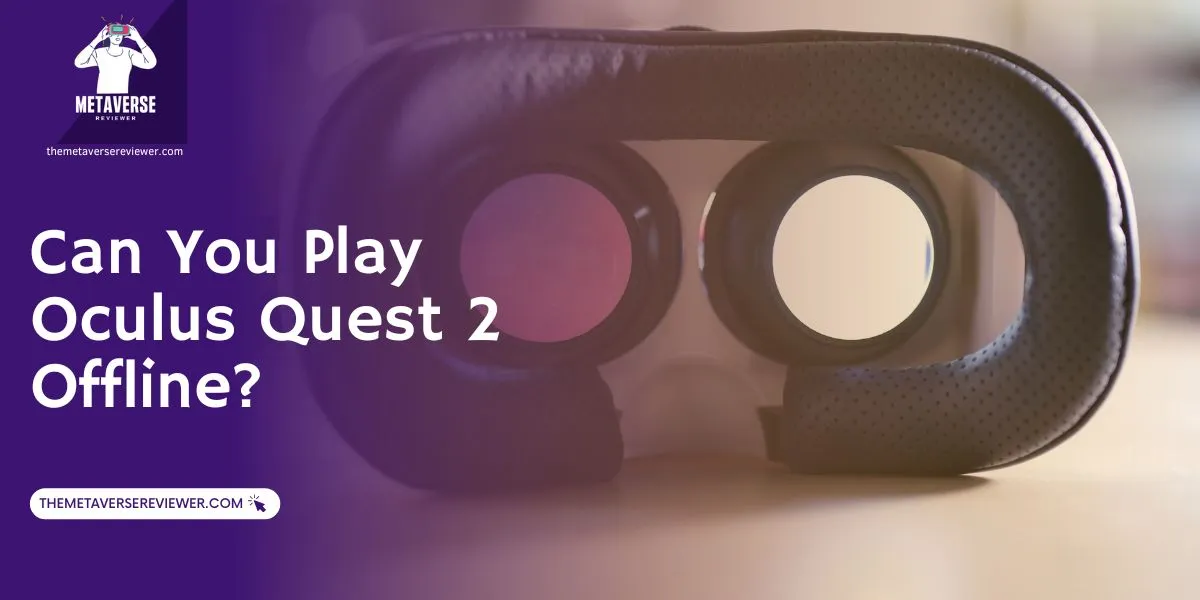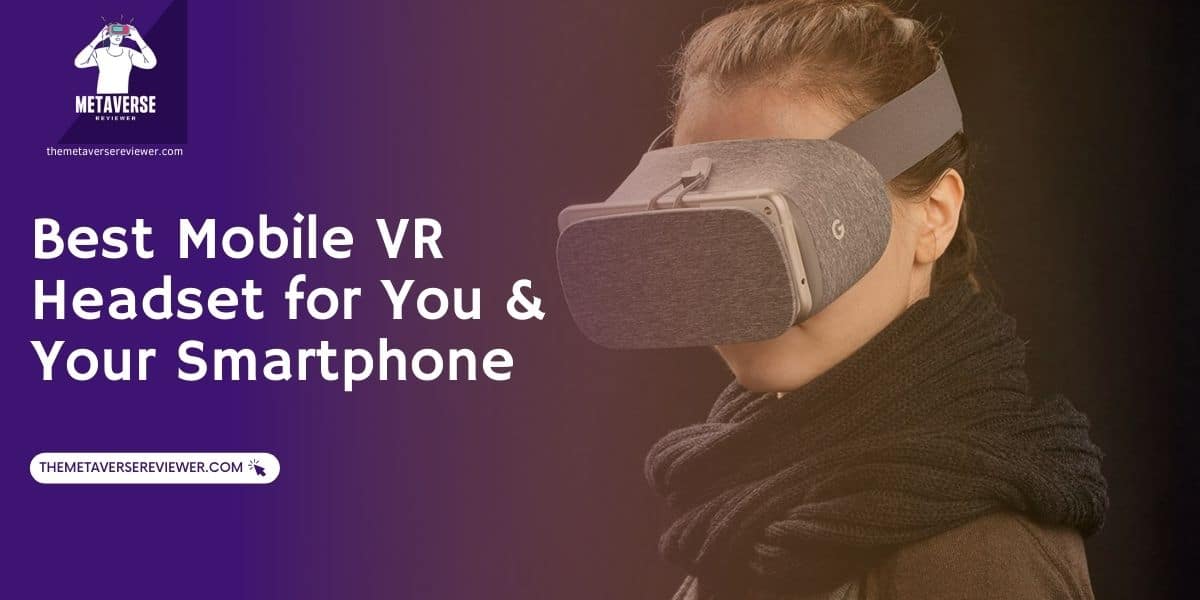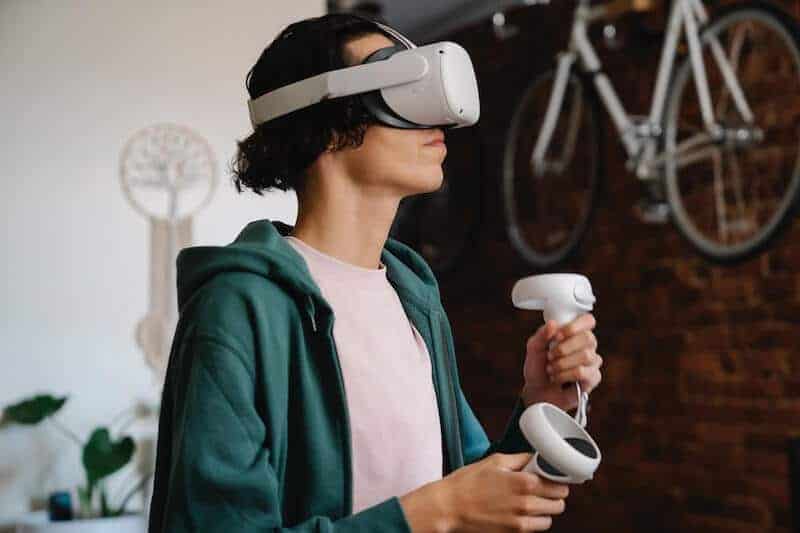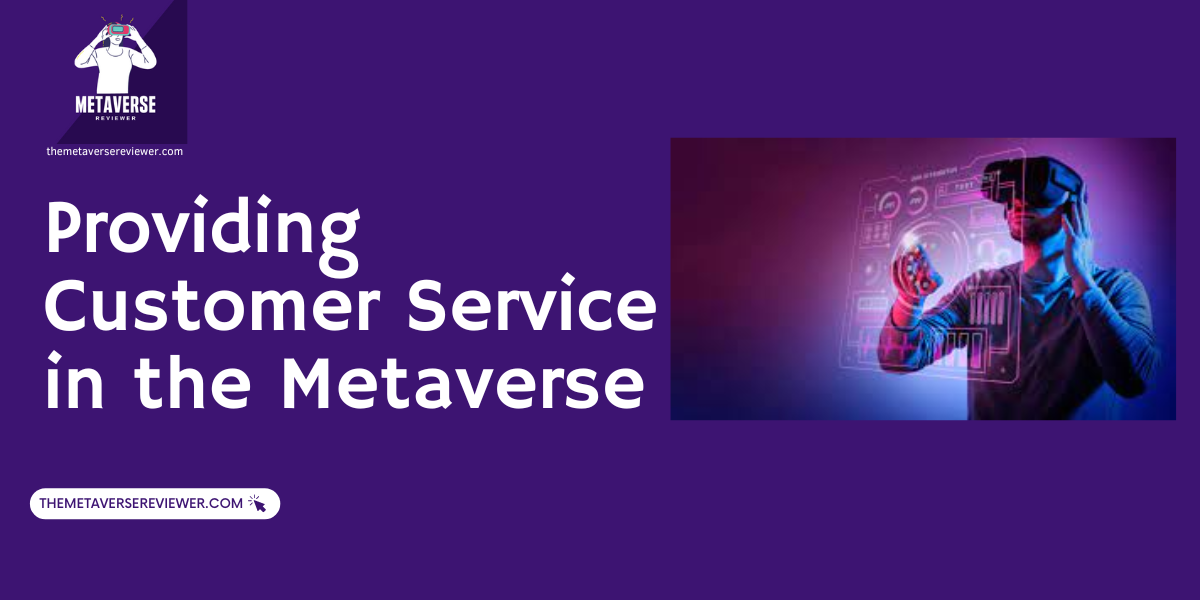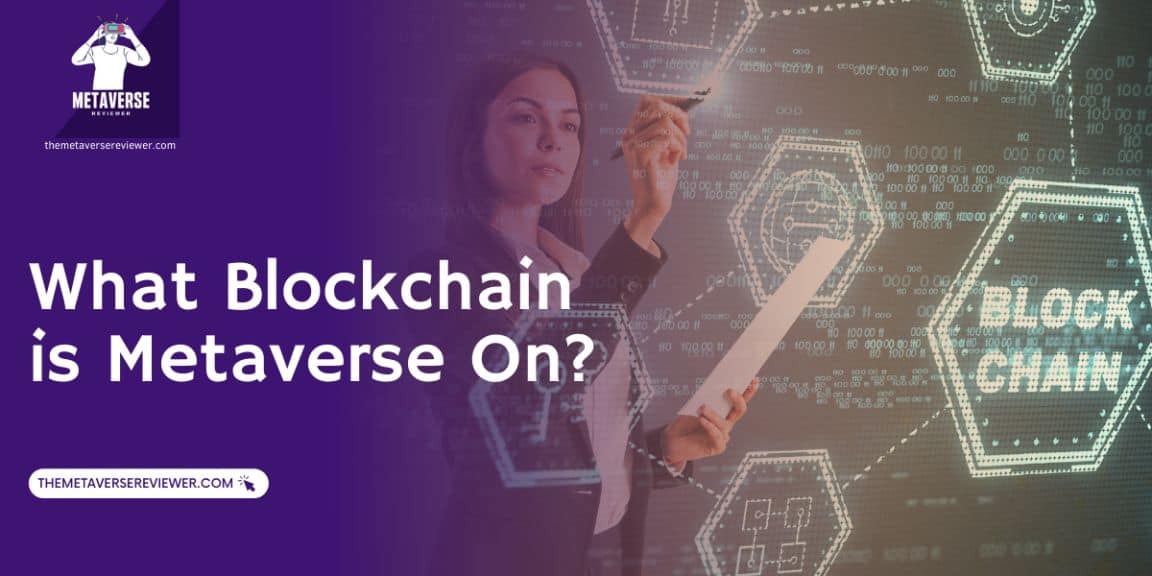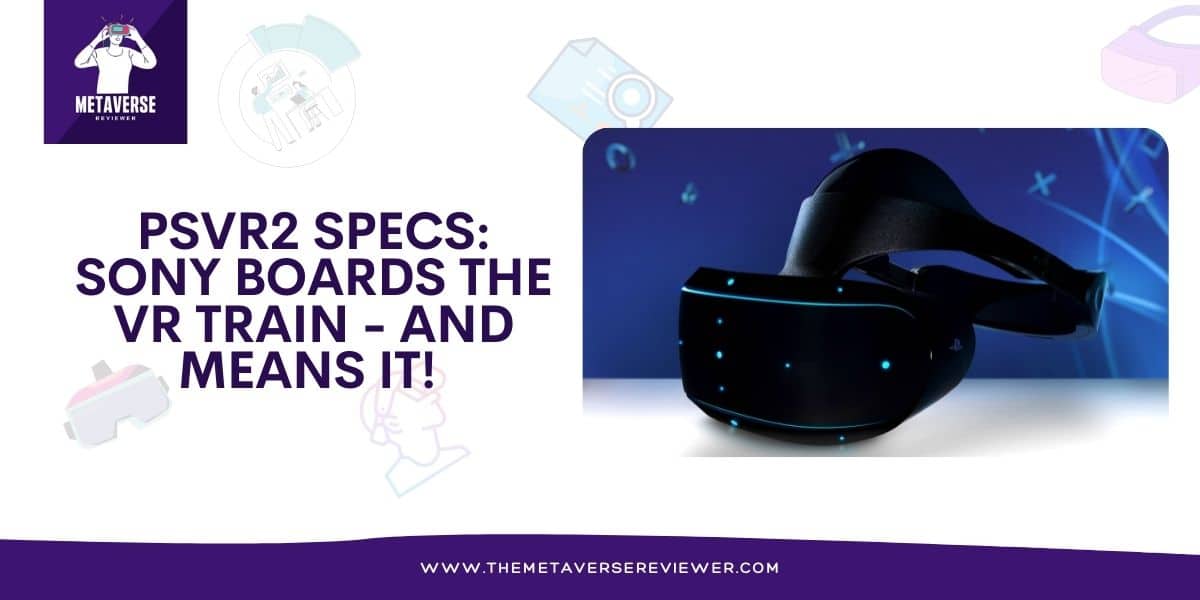Twenty years ago, Philip Rosedale started questioning the existence of an alternative digital reality to ours. The available technology allowed to build upon his vision to give the world a ‘second life’, with more expansive and better experiences.
Fast forward almost twenty years, and Second Life has won the hearts of over a million people worldwide. Being part of a bigger vision, Second Life is one of the many popular Metaverse projects that is opening up enormous possibilities for the real world.
For those who think that Second Life and the Metaverse are the same thing, here’s something for you to chew on.
What is Second Life?
Second Life is exactly what it says, an alternative reality that allows people to have a second life. In this alternative reality, they can look however they want without being limited by their physical appearance or social status in real life.
The project was a major hit when it appeared in 2003. Developed by Linden Lab, a San Francisco-based company, Second Life (SL) started as a 3D platform where users live, interact with each other, and have all sorts of experiences.
Although somewhat similar to MMORPGs, multiplayer role-playing games, the platform is not a game as it follows the day-to-day lives of its residents without any predetermined tasks or goals.
The users or residents are represented by their own digital avatars, which they can customize however they want. The platform feeds on content its residents generate where they can create objects, animations, or buildings.
Its subscription-based model makes its virtual economy fully dependent on actual money. The users can roam the digital world for free but they have to pay a subscription to access experiences, buy virtual goods, and own private properties.
In 2013, the digital world got so popular it reportedly had over 1 million active monthly users. The interest went down to around 500,000 monthly active users throughout the years. Understandably, during the pandemic lockdown, the registrations started going up again.
Characteristics of Second Life
Second Life platform is an incredibly social environment, and its unique characteristics are exactly what helped it stick around for almost two decades –
Fully Immersive
Second Life is attractive to people as it allows them to have a fully immersive 3D digital experience, therefore mimicking as much of real life as possible. In this alternative reality, they can be whoever they want to the best of their imagination.
Social
The platform is a fantastic social experience for its residents, who might be limited in their daily real-world interactions. The digital world promotes user interactivity allowing everybody to build relationships and friendships in a safe virtual space.
No Predetermined Plot
Unlike popular metaverse games, Social Life doesn’t follow a predetermined storyline. The residents are free to experience the digital reality however they want.
The residents can have fun, throw a party, or chill out if they feel like it. Whatever your mood, the platform can fit and provide many daily possibilities.
User-Generated Content
The in-world additions are entirely created by its users, allowing everybody to contribute to the platform’s development.
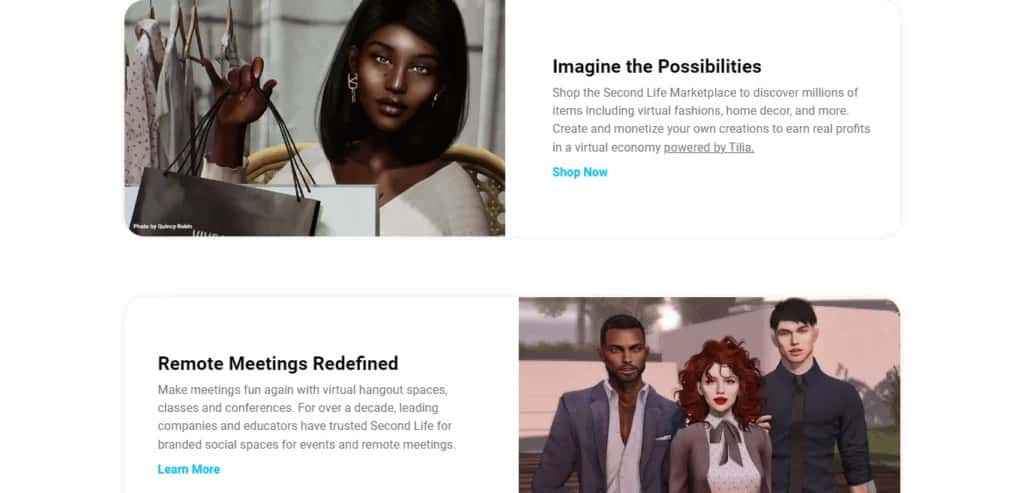
The Use Cases of Second Life
In the past, Second Life was seen as a way to detach from daily worries and create the second life of your dreams. Now, it is so much more than that. With use cases continuously appearing, it presents new opportunities both individually and globally.
Replace Office Meetings
Second Life can over time replace office meetings bringing a halt to unnecessary travel while adding another benefit, the element of interactivity. This, in its turn, could contribute to the world’s carbon neutrality endeavors.
According to Bill Gates, meetings in the virtual world will replace office meetings very soon. Companies like META and Microsoft are effectively looking into virtual reality possibilities for the business world, and organizations like PWC are already using some kind of virtual reality technology to perform in-house training and employee onboarding.
Spread Information Across Online Communities
Platforms such as Second Life generate over 500,000 active monthly users, and they serve a great role in spreading information and ideas to an active online community at a much faster speed.
According to Dahlia Khalifa:” I think Second Life today offers a great chance to reach out globally, like we never have before,” which could result in the increased global reach of significant initiatives just like the World Bank’s Doing Business annual report years ago when Second Life was used to reach over 700 residents and another 1,000 listeners.
Immersive Learning Environment and Student Experience
Second Life may provide a great immersive learning environment and student experience thanks to the possibility of connecting it to an open-source learning management system like Moodle or a learning management system like Blackboard.
The platform emphasizes collaboration and interaction between users, enabling them to engage in new communication forms, visit other countries virtually, learn about other cultures, develop ‘people skills,’ integrate within a blended learning system, and more.
As the interest in the digital world is growing, more companies in the education sector are exploring how to incorporate technology to benefit the students.
What is the Metaverse?
The metaverse is a three-dimensional digital world in which users are represented by their own digital avatars that they can customize to mimic their physical appearance and facial expressions.
There’s no one creator of the Metaverse; instead, it’s a collective effort of a huge number of companies that use advanced VR, AR, AI, and blockchain technology to build an alternative reality where people can co-exist, interact, work, create, build and earn.
The Metaverse focuses deeply on building an immersive 3D experience in the digital environment to resemble physical presence in the real world.
To help with that, many metaverse projects require the use of VR and AR accessories. Needless to say, the applications of the Metaverse into different sectors and industries are truly vast.
Characteristics of Metaverse
The Metaverse, although still under development, already has a few major characteristics –
Social Interaction
The Metaverse puts major focus on social interaction, enhancing digital connection between users to resemble physical connection between people in the real world. Therefore, all experiences are built to provide a true sense of presence.
Real-time
Much like in the real world, the metaverse also happens in real-time in an alternative digital reality.
Creator Economy
The metaverse leverages the creator economy by encouraging users to generate their own content and contribute to the development of their surrounding digital world.
Thanks to the blockchain technology that the Metaverse uses, all users can create and mint their own assets and NFTs and monetize them on special marketplaces.
Interconnected
The metaverse provides an interconnected multiplatform experience allowing users to transfer their own assets from platform to platform.
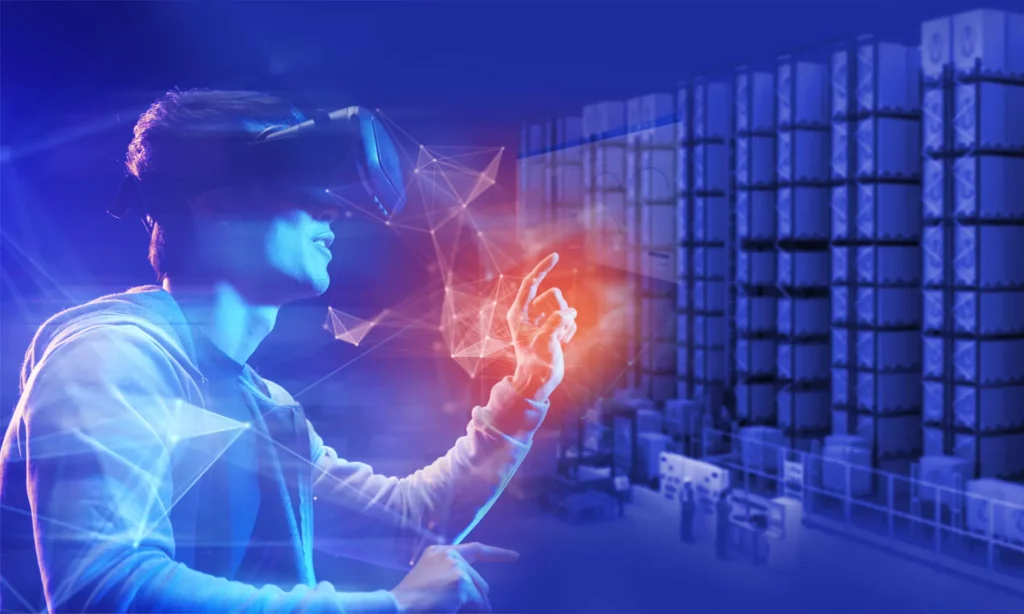
Use cases of Metaverse
Despite being a rather new concept still under development, the Metaverse technology already has a wide range of applications.
The Metaverse Games
The Metaverse games like The Sandbox and Decentraland are incredibly popular because of their unique possibilities. They are built using blockchain, NFT and crypto technology, allowing users to contribute to the game’s environment by creating assets, minting them as NFTs and monetizing them in-game or on other NFT marketplaces.
These games have their own ecosystem that incentivizes users to play, create, own and earn money, which completely defies traditional gaming.
Virtual Tours
Many industries have suffered dramatically due to the pandemic. The tourism sector was hit significantly bringing world travel to a halt.
Thanks to the VR and AR technology, the companies in the sector have acted on the new advancements in the tech industry to ensure people can still travel no matter what.
Today, tourism companies offer people the chance to visit any country, landmark or tourist attraction they want without leaving the comfort of their own homes.
As a result, this opens a completely new and wider demographic accessing parts of the world and population that might otherwise be limited to travel.
Digital Fashion
The fashion industry is another industry that has the potential to be completely transformed with the development of the Metaverse.
As technology is advancing at a rapid speed, increasingly more brands wake up to the new digital reality where the ‘first come, first served’ principle applies.
The first brands launching into the metaverse are the future leaders of the new evolving digital fashion industry. Today, the digital fashion industry is growing fast.
Brands like Gucci and Nike are setting up digital stores on the metaverse platforms and world-renowned designers present their virtual collections at metaverse fashion shows.
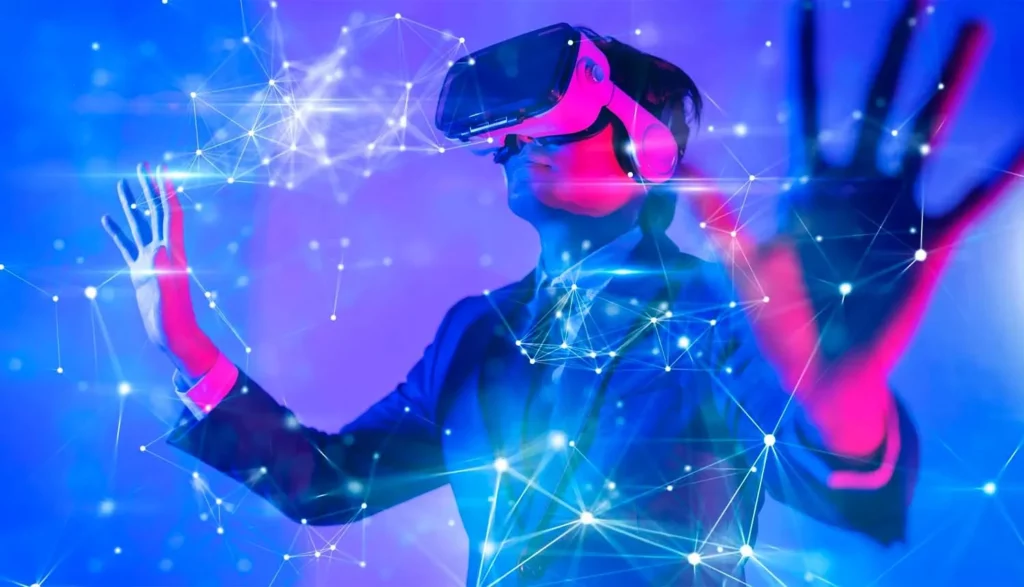
The difference between Second Life and the Metaverse
If Second Life is a piece of a big puzzle, the Metaverse is the puzzle itself. The latter is the digital dimension that encompasses all metaverse projects that use cutting-edge VR, AR, NFT, crypto and blockchain technology, whilst Second Life is one particular metaverse project providing a unique immersive user experience.
Unlike other metaverse projects that are usually decentralized, Second Life is an example of a metaverse with a centralized authority. Unlike The Sandbox metaverse, Second Life is not a game, and the users can go about their daily lives without predetermined tasks or goals.
Second Life has been around for much longer than many popular Metaverse projects, and it’s now taking advantage of the recent technological advancements to enhance their product and widen their real-world applications.
It’s understandably difficult to compare two concepts that have the same foundation and are built using the same technology. Nevertheless, fundamentally, The Second Life is one of the wide number of projects that the Metaverse has birthed.
Despite losing some audience in the past years, the recent advancements in the Metaverse technology have increased the interest in such projects like Second Life enabling more usage and even more real-world applications to appear.
- Oculus Rift DK2 Review – All Features, Why Discontinued? - November 8, 2023
- Best Metaverse Games for 2024 - July 10, 2023
- How to Factory Reset Oculus Quest 2 - June 24, 2023
